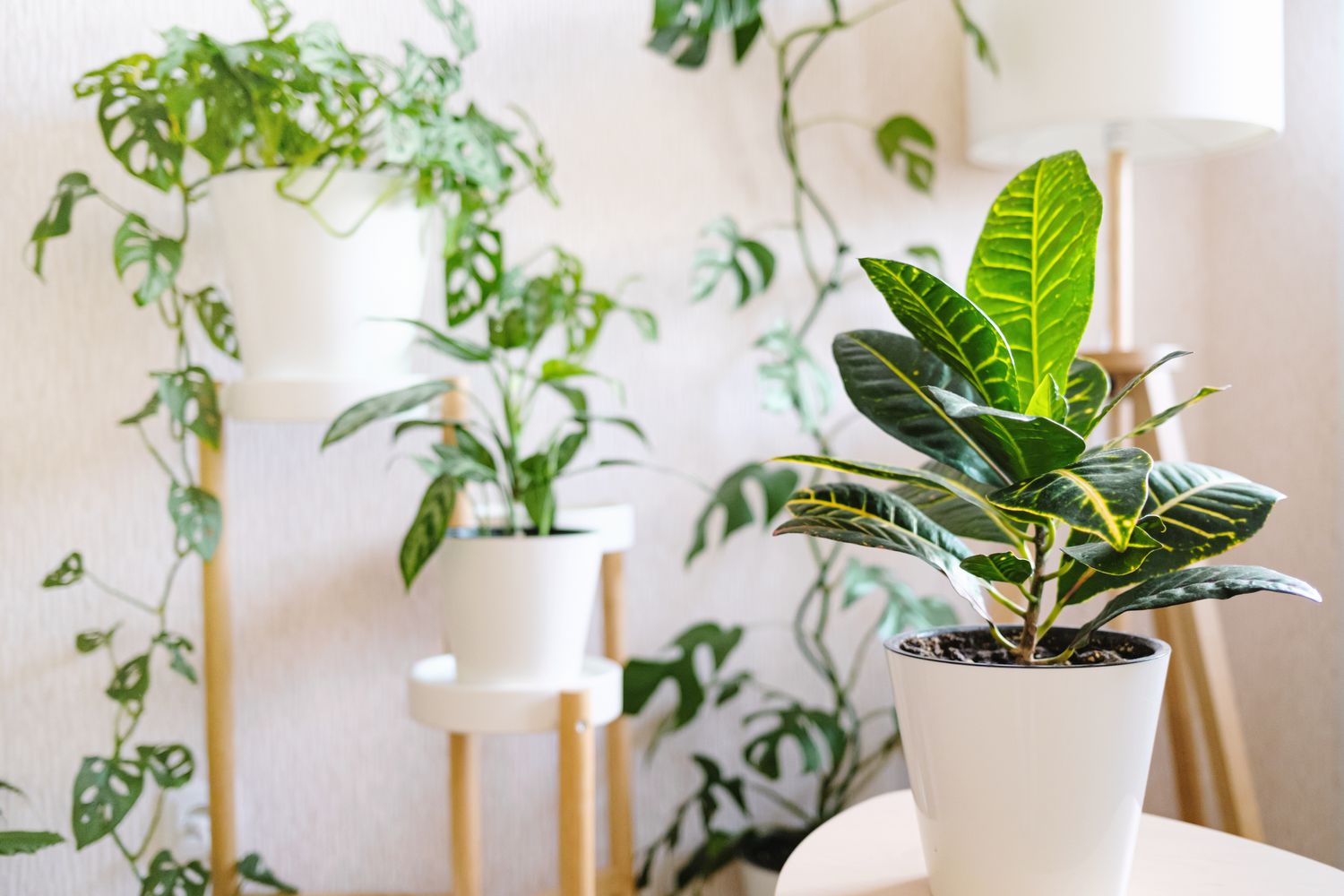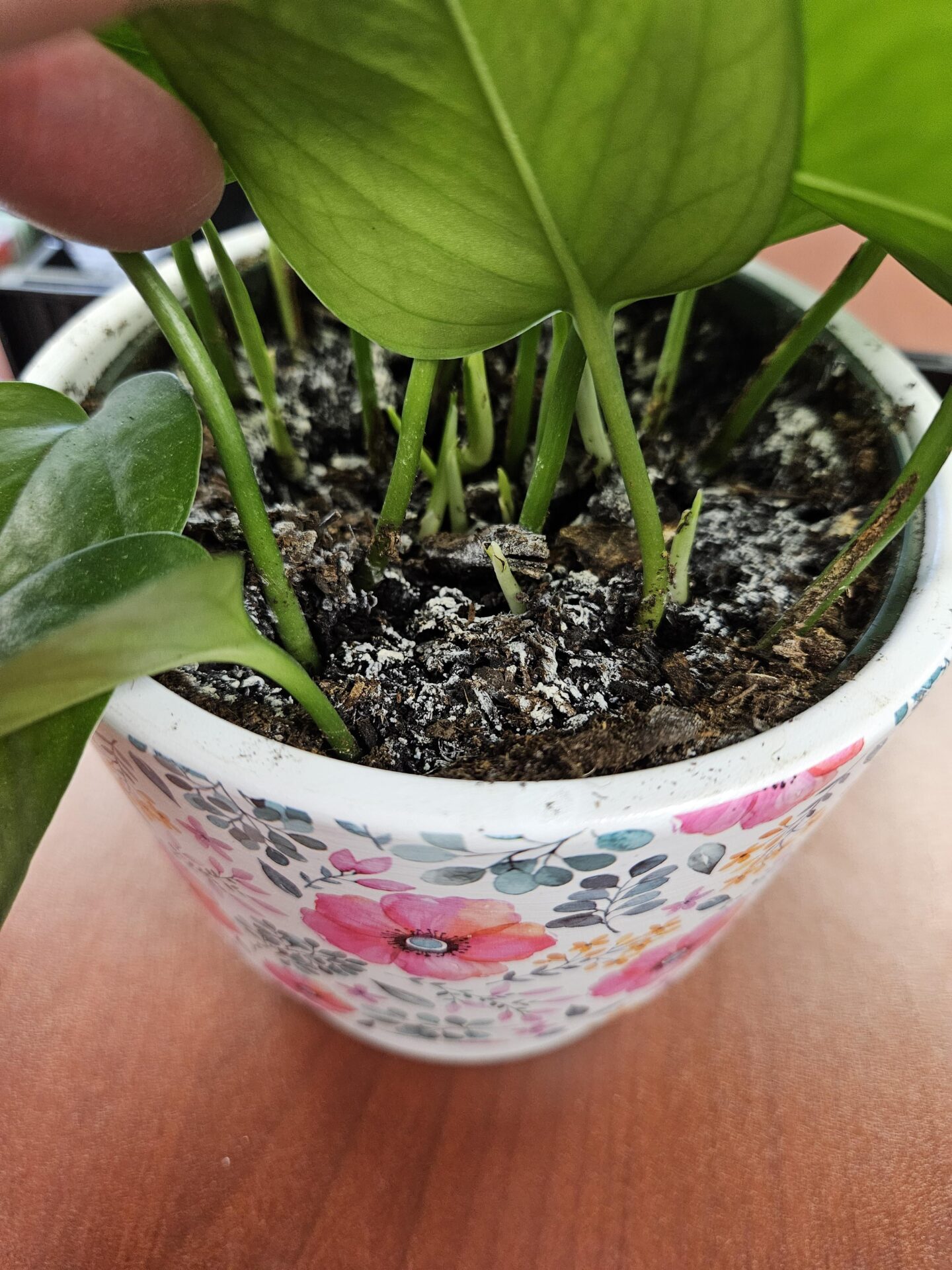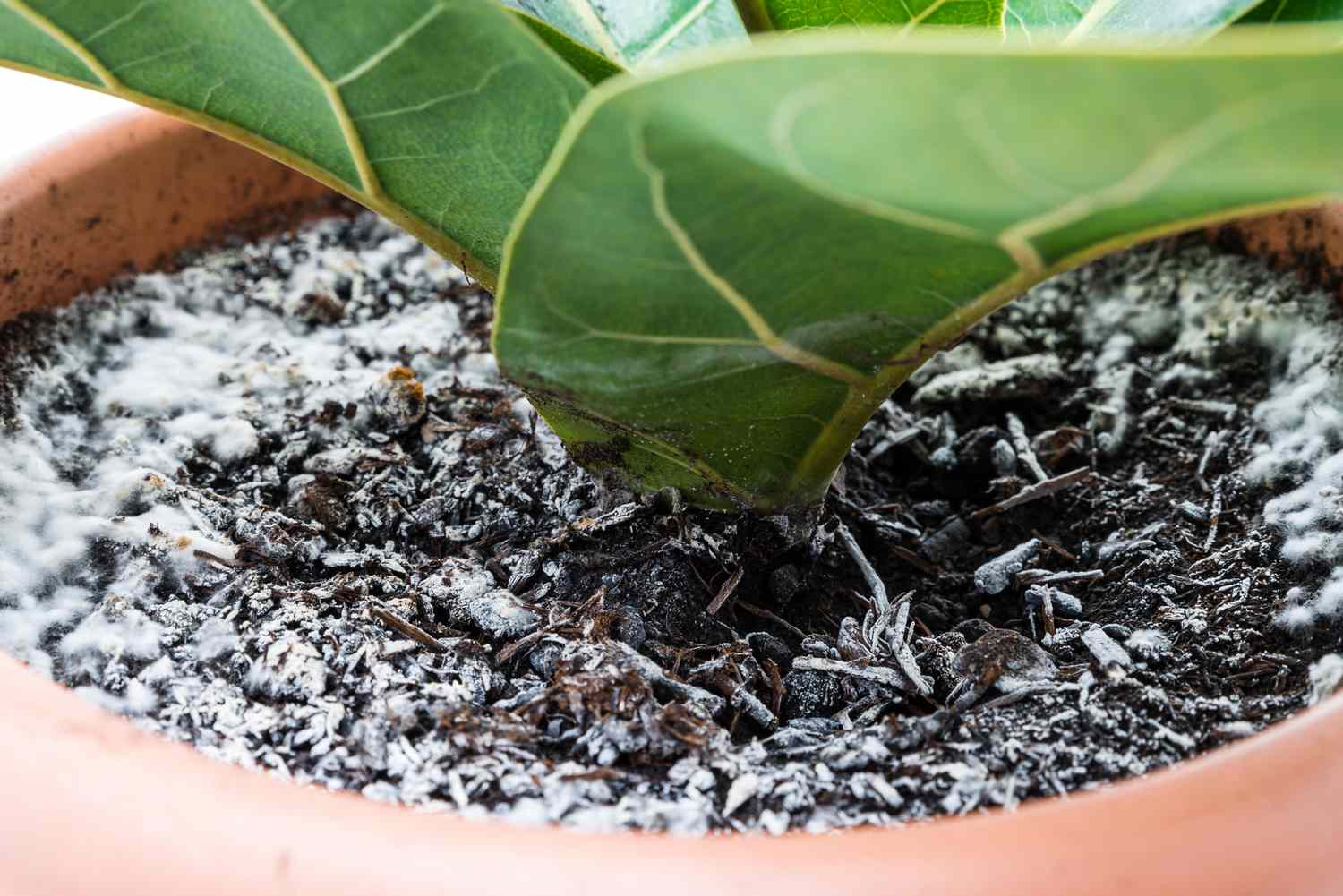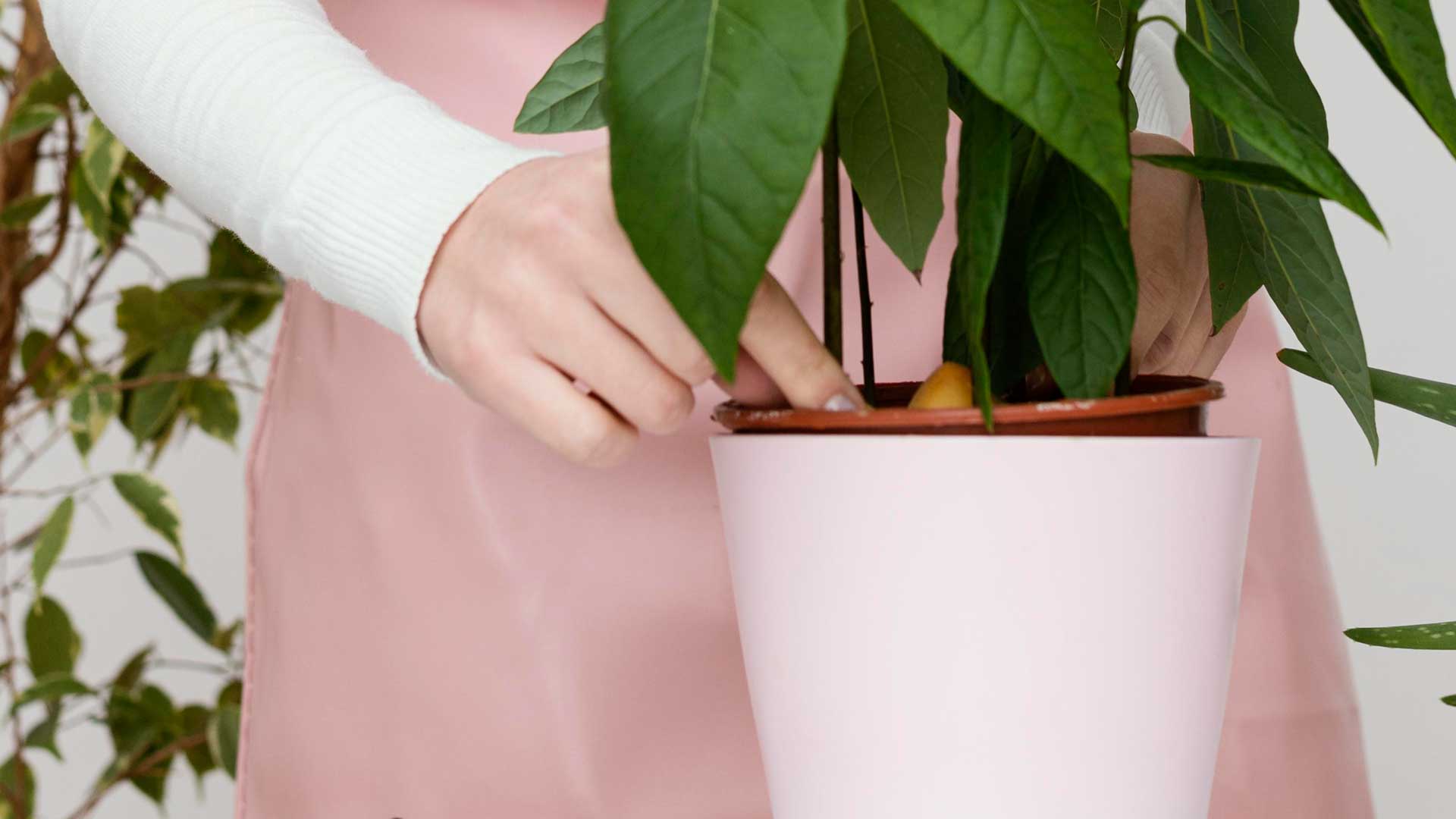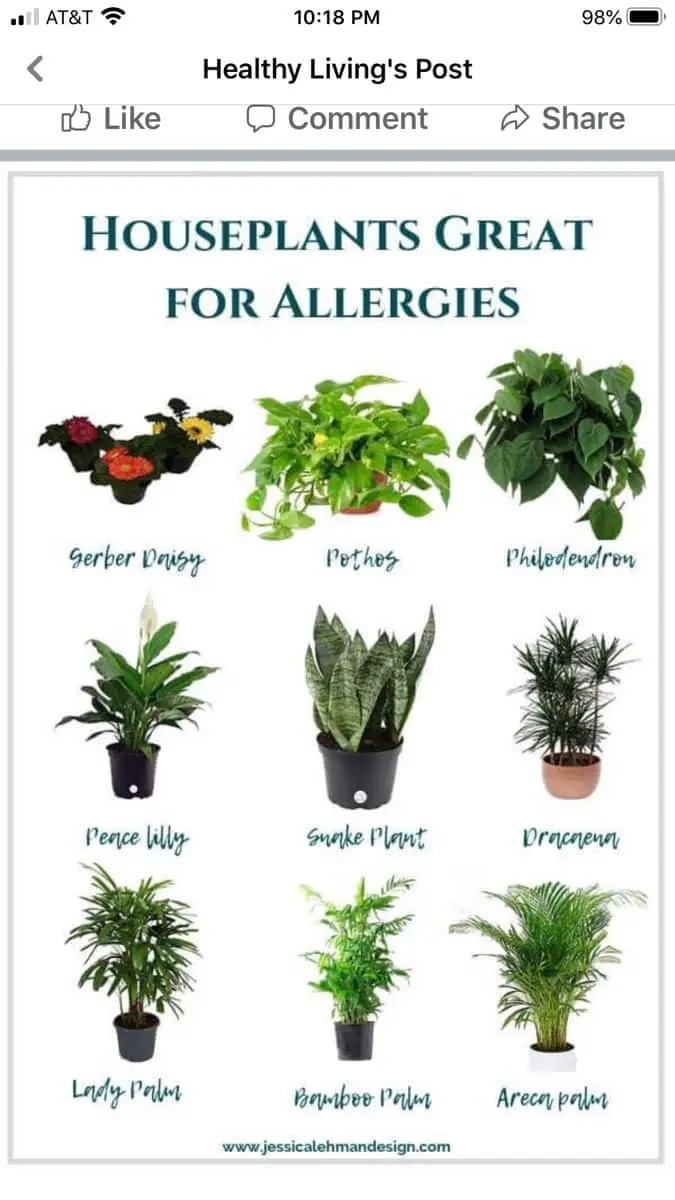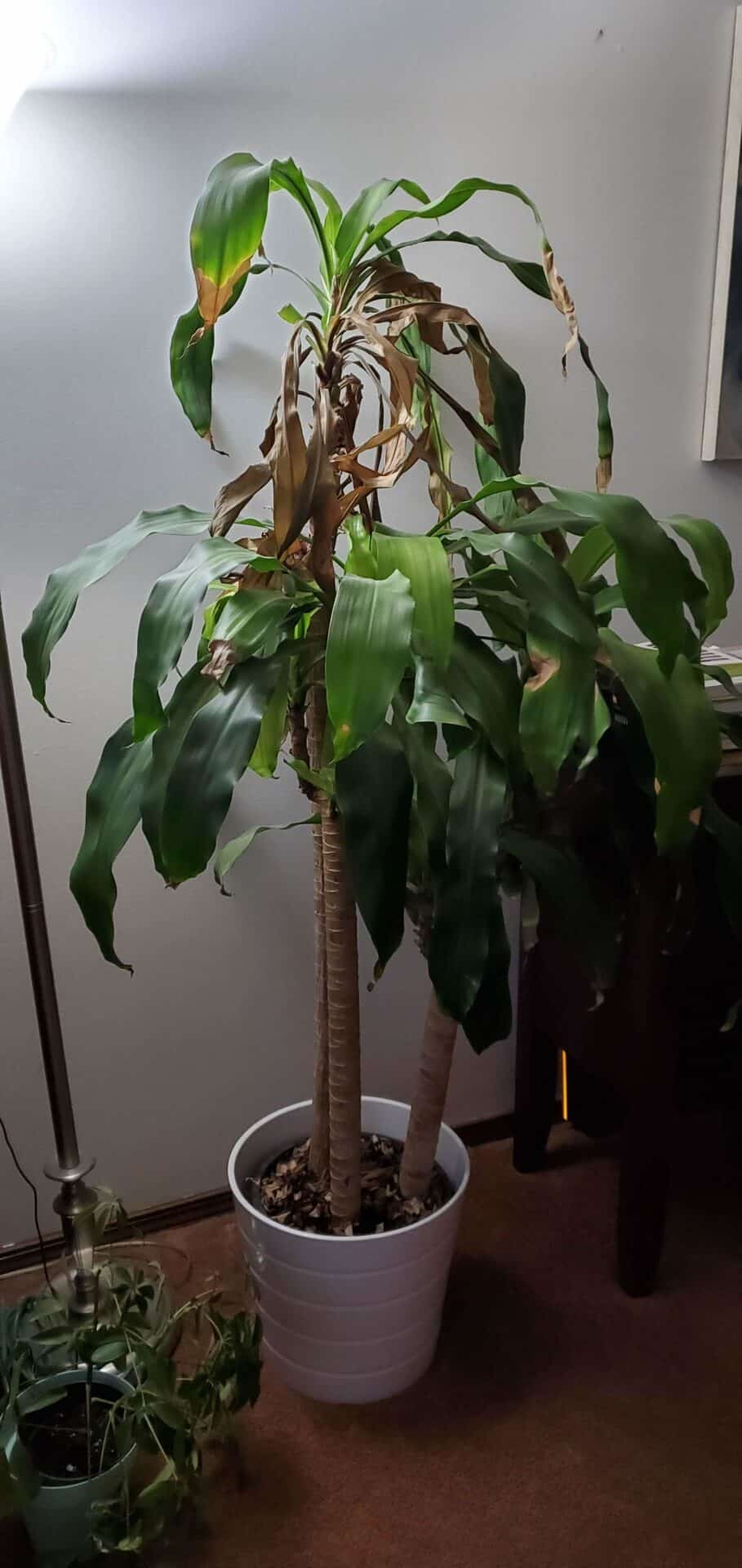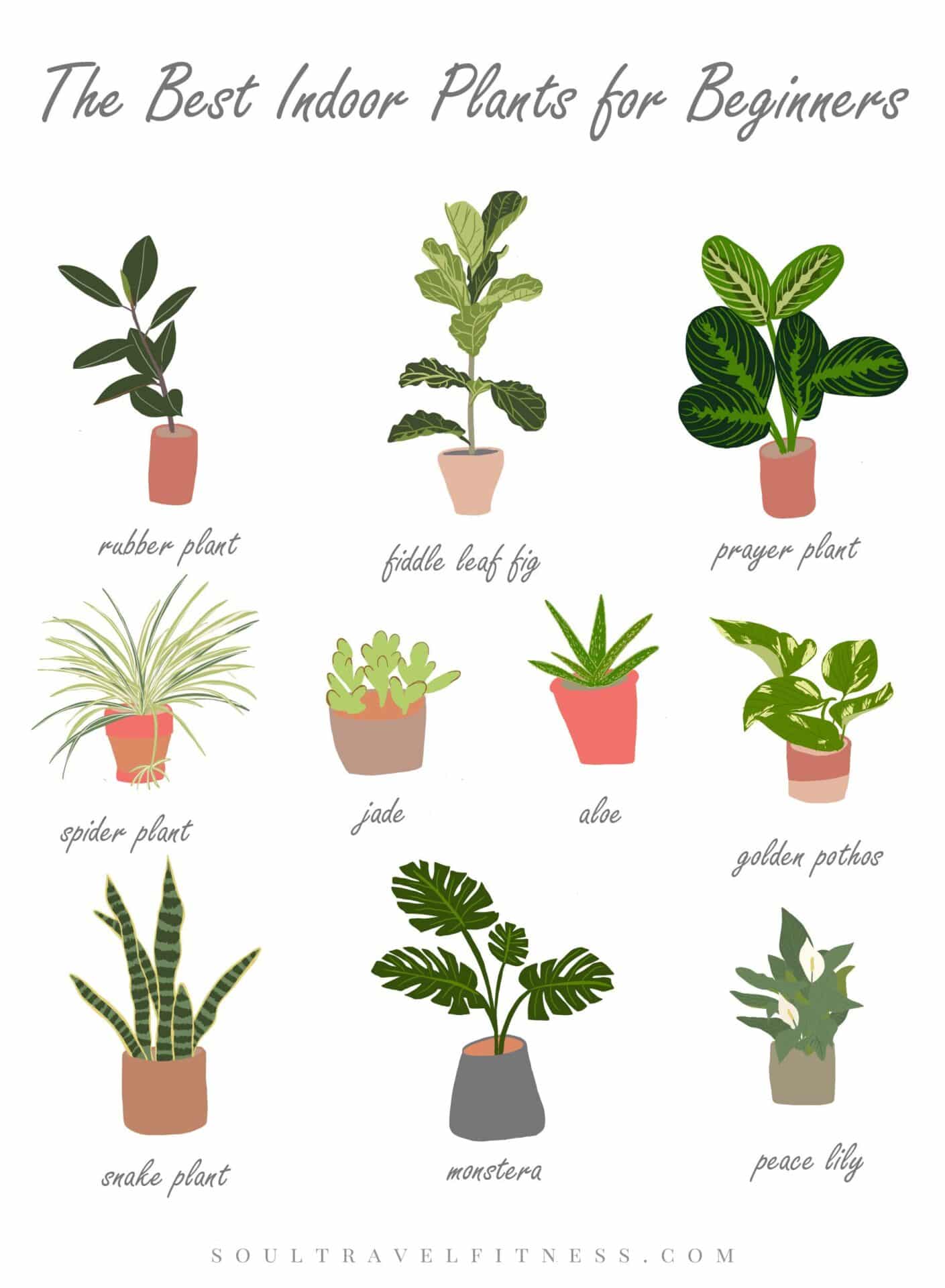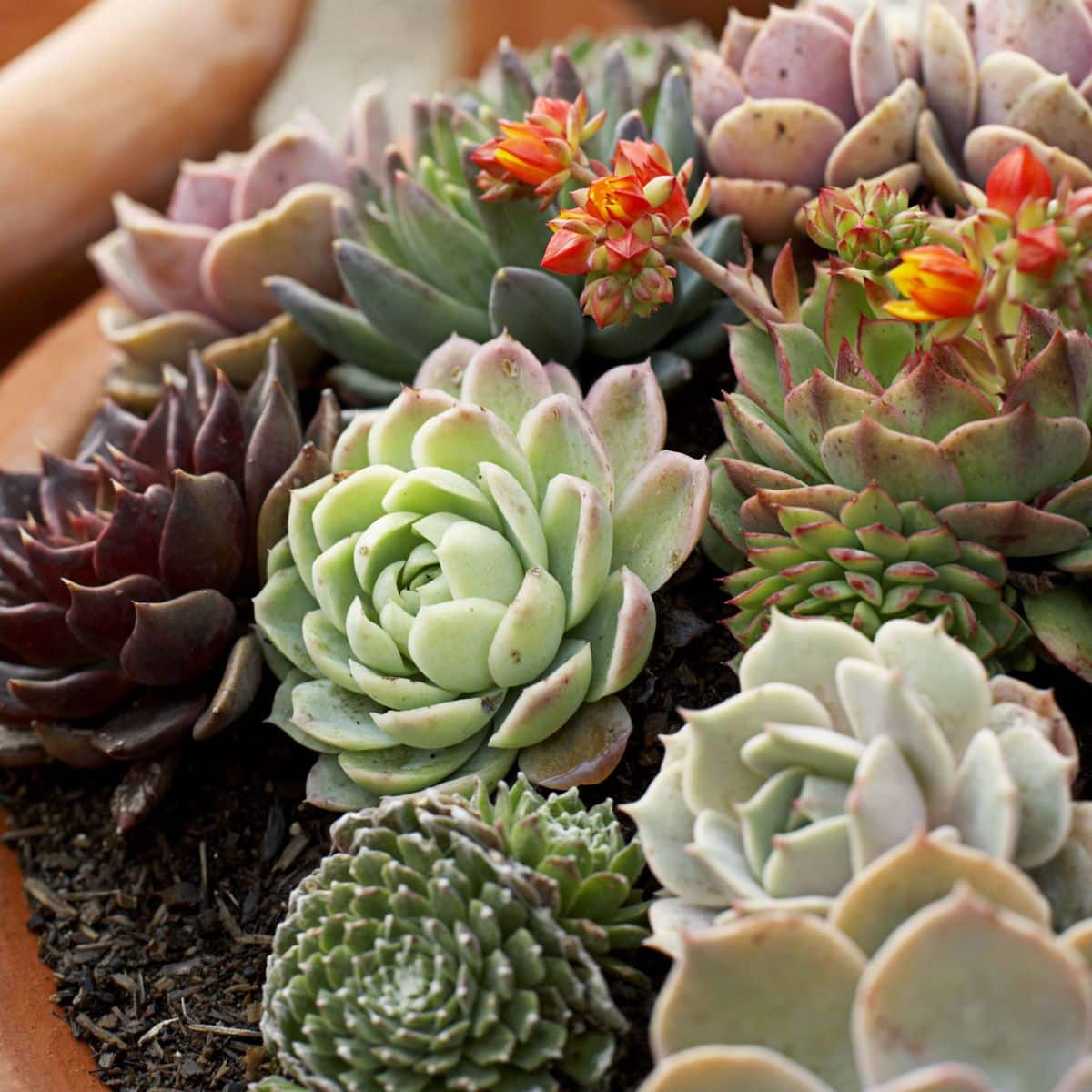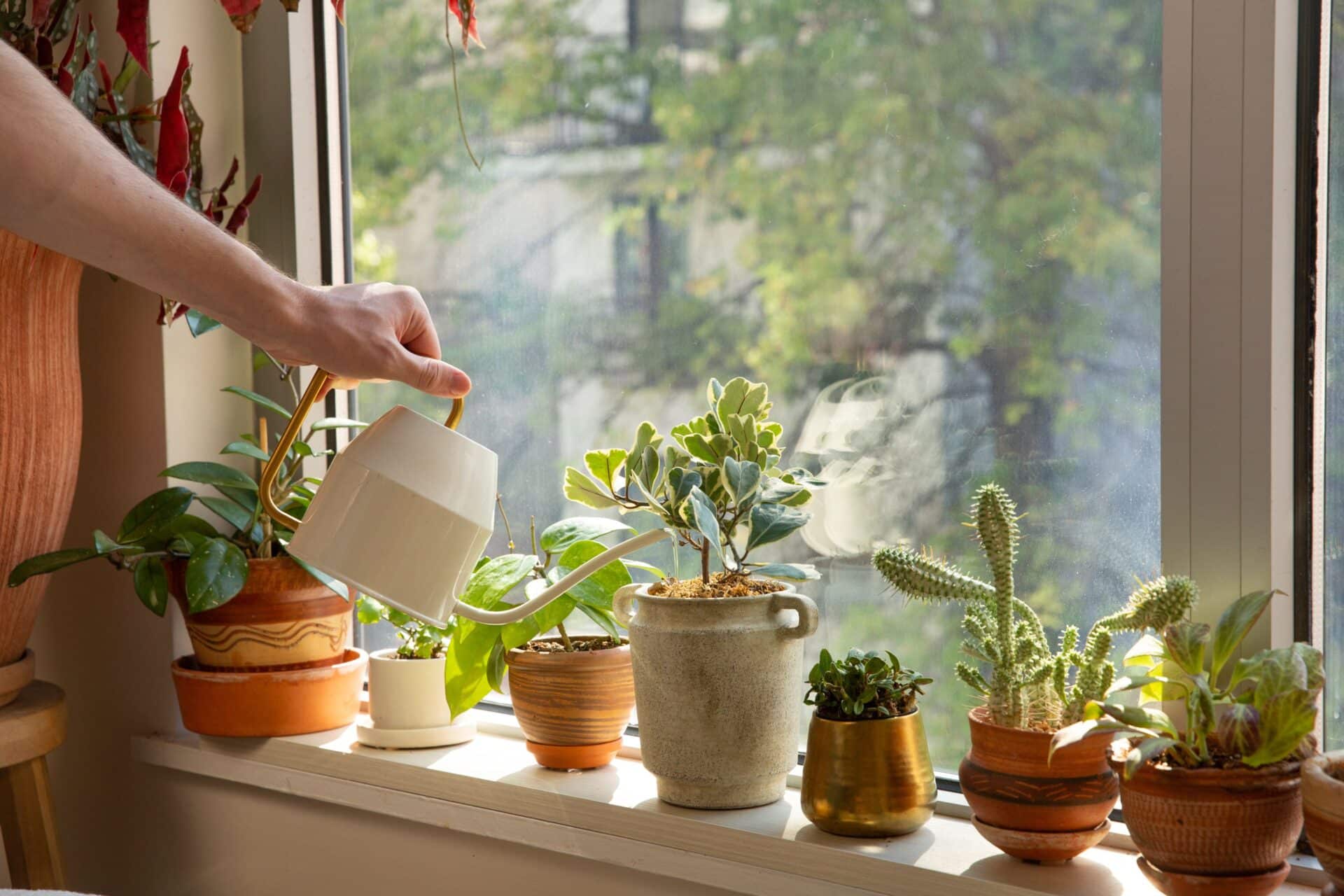Author: Md Saiful Islam
-
Tall House Plant That Doesn’T Need Sunlight: Ultimate Guide
The ZZ Plant is a tall house plant that thrives in low light and doesn’t need direct sunlight. It’s perfect for dim indoor spaces. The ZZ Plant, also known as Zamioculcas zamiifolia, is ideal for those seeking a tall, low-maintenance houseplant. Its striking, glossy leaves add a touch of elegance to any room. This resilient…
Categories: House Plants -
What to Do When You First Bring a Plant Home: Expert Tips
Check the plant for pests and damage. Water it appropriately after assessing its soil moisture level. Bringing a new plant home is an exciting experience. Proper initial care sets the stage for healthy growth. Start by inspecting the plant for any pests or damage to prevent future problems. Make sure to water it correctly, taking…
Categories: House Plants -
Why is My House Plant Soil Turning White?: Top Causes & Fixes
Your house plant soil is turning white due to mineral buildup or mold growth. Excessive watering or poor drainage often cause these issues. House plant soil turning white can be a common concern for many plant enthusiasts. This white residue usually results from mineral deposits left behind by hard water or fertilizers. Over time, these…
Categories: House Plants -
What to Do When Houseplant Soil Gets Moldy: Expert Tips
Remove the moldy soil and replace it with fresh soil. Improve ventilation and reduce watering to prevent mold growth. Houseplant soil can sometimes develop mold due to excess moisture and poor air circulation. Moldy soil not only looks unpleasant but also can harm your plants by promoting root rot and attracting pests. To tackle this…
Categories: House Plants -
Can You Keep Plants in Their Plastic Pots: Pros and Cons Revealed
Yes, you can keep plants in their plastic pots. Ensure proper drainage and monitor their growth regularly. Plants are often sold in plastic pots for convenience and cost-effectiveness. These pots can be retained if they have adequate drainage holes. Keeping plants in plastic pots can simplify repotting and reduce transplant shock. Ensure the pot size…
Categories: House Plants -
Can House Plants Cause Allergies in Dogs? Learn the Risks
Yes, house plants can cause allergies in dogs. Some plants produce pollen or have irritating sap. House plants add beauty and oxygen to homes. But pet owners should be cautious. Certain plants can trigger allergic reactions in dogs. Symptoms may include itching, sneezing, or skin irritation. Plants like lilies, ivy, and ferns are common culprits.…
Categories: House Plants -
How Do I Know If My Indoor Plant is Dying: Warning Signs to Watch
If your indoor plant is wilting, yellowing, or losing leaves, it might be dying. Check for root rot or pests. Indoor plants can bring life and color to any space. Proper care ensures they thrive and flourish. Knowing the signs of a dying plant can help you save it. Common indicators include wilting leaves, discoloration,…
Categories: House Plants -
How Do I Know What House Plant I Have? A Simple Guide
Identify your house plant by examining its leaves, flowers, and growth patterns. Use plant identification apps or guides for accurate results. House plants come in various shapes, sizes, and types, making identification crucial for proper care. Knowing the specific needs of your plant ensures it thrives in your home environment. Consider factors like leaf shape,…
Categories: House Plants -
House Plant That Doesn’T Need Much Water: Low-Maintenance Greenery
The Snake Plant is a house plant that doesn’t need much water. It thrives in dry conditions and low light. Snake Plants, also known as Sansevieria or Mother-in-Law’s Tongue, are ideal for busy individuals. They require minimal care and can tolerate neglect. These hardy plants are perfect for beginners or those with a hectic lifestyle.…
Categories: House Plants -
How to Tell If House Plants Need Water: Expert Tips
Check soil moisture by inserting your finger 1-2 inches deep. Water if the soil feels dry. House plants add beauty and freshness to indoor spaces. Proper watering is crucial for their health. Overwatering or underwatering can harm plants. Signs of underwatering include wilting leaves and dry soil. Overwatering often results in yellowing leaves and moldy…
Categories: House Plants

